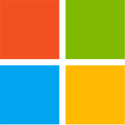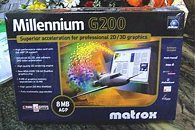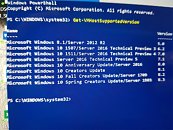Xbox Architect Rob Wyatt Joins the Atari VCS Team
Atari - one of the world's most iconic consumer brands and interactive entertainment producers - today announced that game platform architecture expert Rob Wyatt and his Boulder, Colorado-based company Tin Giant, are officially joining the Atari VCS team. Wyatt, an expert in GPU Hardware and 3D graphics, has worked on everything from hardware design to graphics applications for a variety of well-known game systems and software platforms. While at Microsoft, Wyatt held roles on the development teams on DirectX and the Windows kernel before becoming the system architect of the original Xbox game console. Wyatt later contributed to the graphics systems of the PlayStation 3 before moving on to become the graphics architect at Magic Leap, an augmented reality startup. Along the way, he has also lent his expertise to many AAA video games and high-end movie special effects.
The Atari VCS is a completely new connected gaming and entertainment device slated to begin shipping in mid-2019. Atari has partnered with chipmaker AMD, who will provide the Atari VCS custom processor featuring Radeon Graphics Technology. The operating system of the Atari VCS is based on Linux, and the platform's highly-anticipated open Sandbox will allow users to create and port additional content to personalize their experience.
The Atari VCS is a completely new connected gaming and entertainment device slated to begin shipping in mid-2019. Atari has partnered with chipmaker AMD, who will provide the Atari VCS custom processor featuring Radeon Graphics Technology. The operating system of the Atari VCS is based on Linux, and the platform's highly-anticipated open Sandbox will allow users to create and port additional content to personalize their experience.
















































